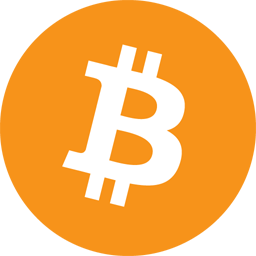//: Playground - noun: a place where people can play
import UIKit
// Mutable variable
var str = "Hello, playground"
// Array
var myarr : [String] = ["Watsh", "Rajneesh"]
// Dictionary
var mydict : [String:String] = ["tic": "tac", "ping": "pong"]
// constants
let conststr = "My Const String"
let countup = ["one", "two"]
let mapNameToParkingSpace = ["Alice": 10, "Rajneesh": 12]
// subscript of array
let elem = countup[1]
// Initializers
let emptyString = String()
let emptyArr = [Int]()
let emptySet = Set<Float>()
let defaultNum = Int()
let defaultBool = Bool()
let defaultFloat = Float()
// initializing a set
let availableRoomsSet = Set([1,2,3, 4])
// Properties
emptyArr.count
availableRoomsSet.count
conststr.isEmpty
// Optionals - can be value of the said datatype or nil
var anOptionalFloat: Float?
var anOptionalArrayOfStrings: [String]?
var anOptionalArrayOfOptionalStrings: [String?]?
var reading1: Float?
var reading2: Float?
reading1 = 1.0
reading2 = 2.0
// to use the value we need to unwrap the optional
// 1. forced unwrapping - used when sure that value will not be nil
// if reading2 assignment commented - this will result in error
let avgReading = (reading1! + reading2!)/2
// 2. Optional binding - safe to use always
// if reading2 assignment is commented out, will go to else block
if let r1 = reading1,
let r2 = reading2 {
let avg = (r1 + r2)/2
} else {
print("reading nil")
}
// Subscripting dictionary
let nameByParkingSpace = [13: "Alice", 27: "Bob"]
let space13Assignee: String? = nameByParkingSpace[13]
let space42Assignee: String? = nameByParkingSpace[42]
if let space13Assignee = nameByParkingSpace[13] {
print("Key 13 is assigned in the dictionary!")
}
// looping
let range = 0 ..< countup.count
for i in range {
let string = countup[i]
// Use 'string'
}
for string in countup {
// Use 'string'
}
// return a tuple of index and value in array
for (i, string) in countup.enumerated() {
// (0, "one"), (1, "two")
}
// iterating dictionary
for (space, name) in nameByParkingSpace {
let permit = "Space \(space): \(name)"
print(permit)
}
// enum
enum PieType {
case Apple
case Cherry
case Pecan
}
let favoritePie = PieType.Apple
let name: String
// switch-case with enum
// no break required as only the code within the matching case is executed so break is implicit
// fallthrough behavior can be set
switch favoritePie {
case .Apple:
name = "Apple"
case .Cherry:
name = "Cherry"
case .Pecan:
name = "Pecan"
}
let osxVersion: Int = 7
switch osxVersion {
case 0...8:
print("A big cat")
case 9:
print("Mavericks")
case 10:
print("Yosemite")
default:
print("Greetings, people of the future! What's new in 10.\(osxVersion)?")
}
// Value associated with enum
enum PieTypeInt: Int {
case Apple = 0
case Cherry
case Pecan
}








